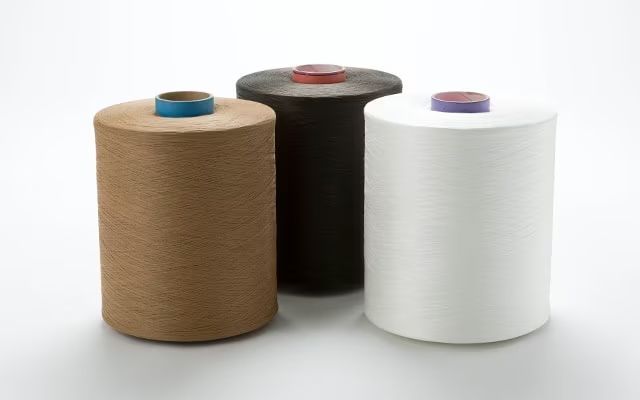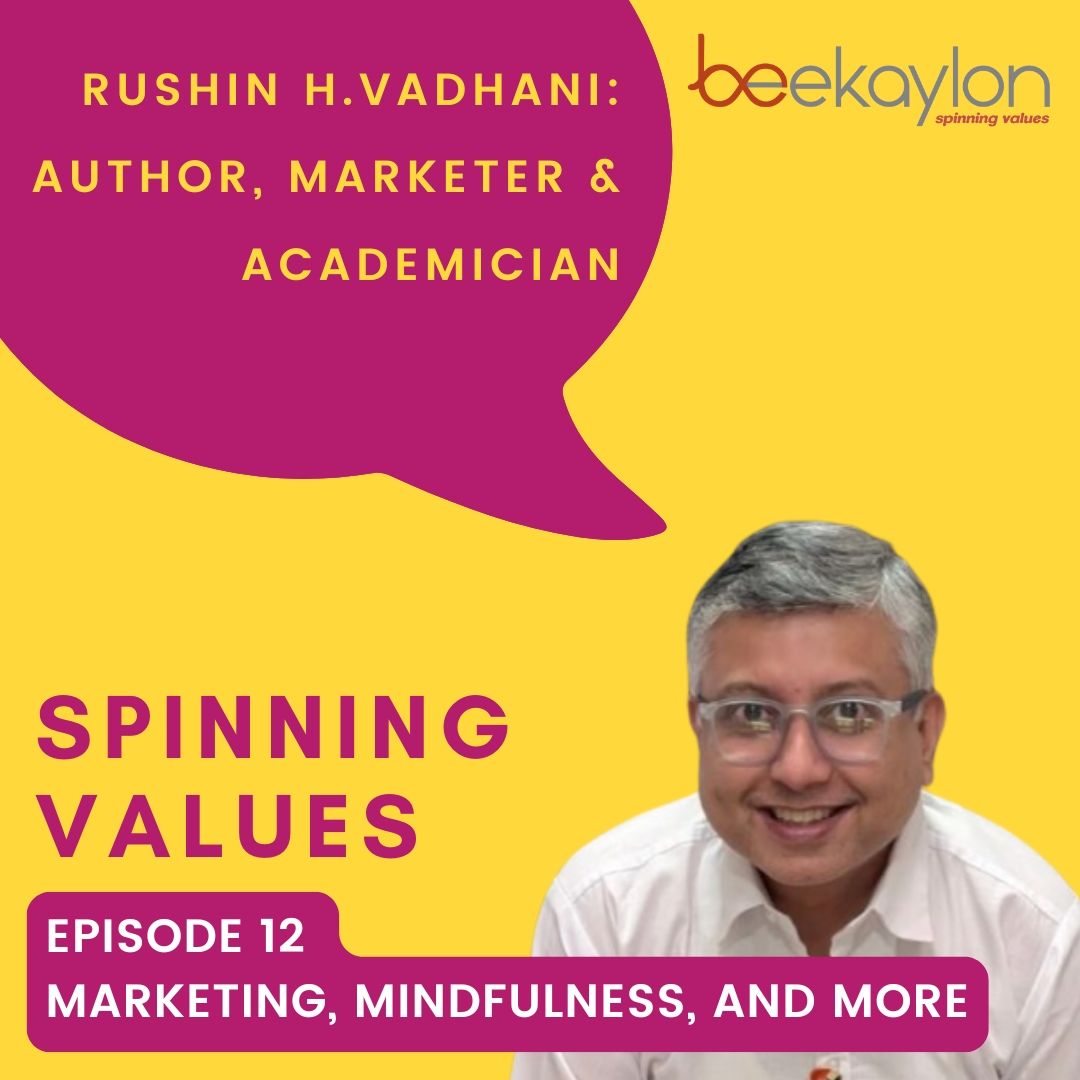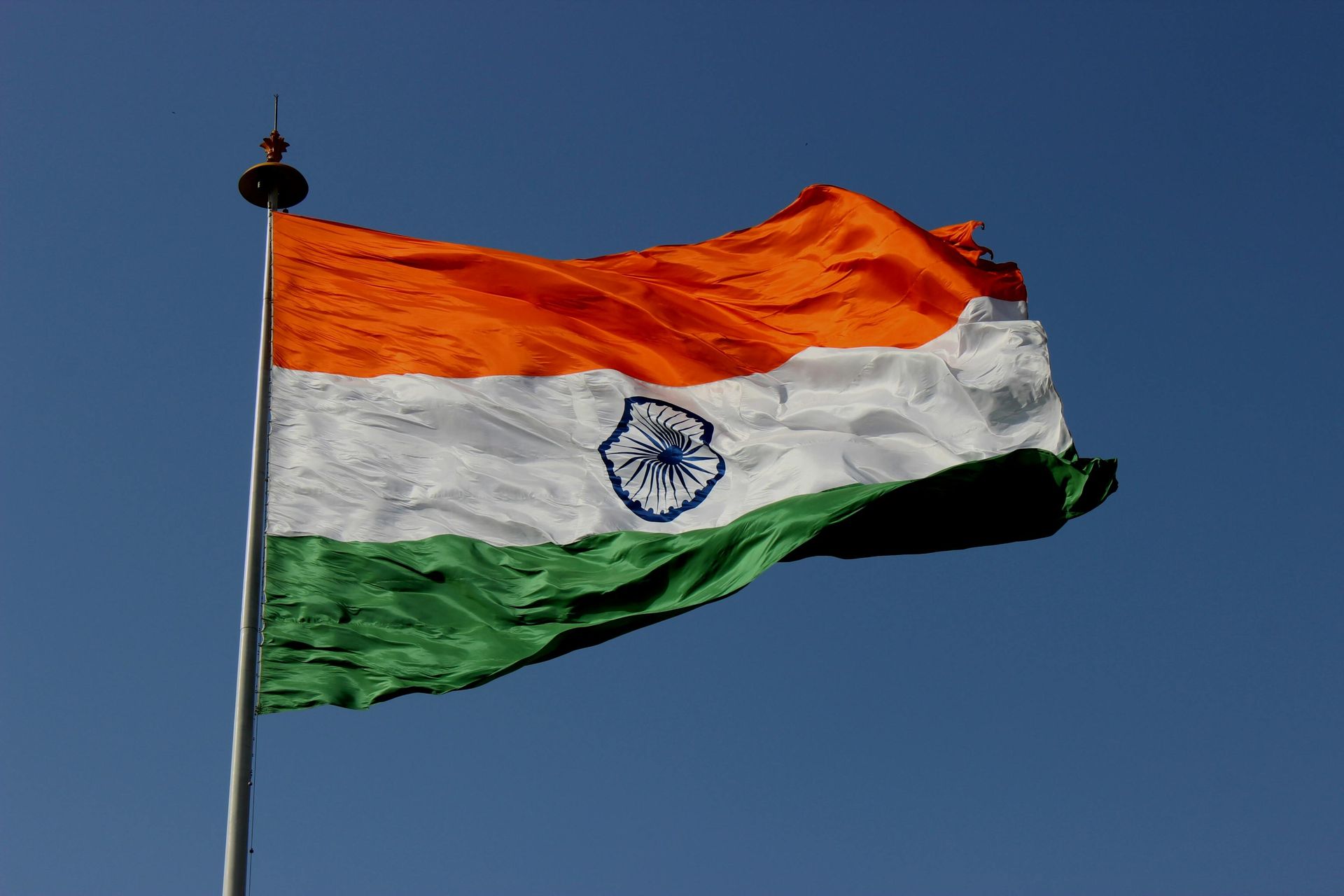BCF Yarn - A Deep Dive
The textile industry is a constantly evolving sector that balances the art of innovation with the demands of functionality and sustainability. Among its many offerings, Bulk Continuous Filament (BCF) yarn stands out as a versatile and essential material, particularly in the carpeting and flooring segments. In this comprehensive guide, we will explore the fundamentals of BCF yarn, its varieties, market dynamics, applications, and Beekaylon’s significant contribution to this domain.
What is BCF Yarn?
BCF yarn is a type of synthetic yarn produced through a continuous filament process. Unlike staple fiber yarns, BCF yarn does not require spinning; instead, it consists of long, continuous filaments that provide unique properties such as strength, elasticity, and uniformity.
Typically made from polymers like polypropylene, polyester, or nylon, BCF yarn is characterized by:
- Softness and Bulk: It offers a bulky texture, ideal for plush applications like carpets.
- Durability: Its robust structure makes it resistant to wear and tear.
- Color Fastness: Advanced dyeing processes allow for vibrant, fade-resistant colors.

Varieties of BCF Yarn Available in the Market
The diversity of BCF yarn arises from the types of polymers used, the production techniques, and the intended applications. Common varieties include:
- Polypropylene BCF Yarn: Known for its affordability and lightweight properties, this type is widely used in residential carpets and rugs.
- Polyester BCF Yarn: Offers enhanced durability and stain resistance, making it a preferred choice for high-traffic areas and commercial flooring.
- Nylon BCF Yarn: Regarded as the premium option, nylon BCF yarn provides superior resilience, elasticity, and longevity.
Each type caters to specific needs, whether it's affordability, performance, or luxury. Manufacturers also offer customizations, such as anti-static treatments, UV resistance, and eco-friendly versions made from recycled materials.
Market Dynamics: Indian and International Perspectives
Indian Market
India, as a burgeoning player in the global textile industry, has seen a steady rise in the production and consumption of BCF yarn. Factors driving this growth include:
- Increased Urbanization: Rising demand for modern interiors has led to higher usage of carpets and rugs.
- Export Potential: Indian manufacturers are increasingly catering to global markets, thanks to their cost-efficient production processes.
- Technological Advancements: Indian textile companies are adopting state-of-the-art machinery to produce high-quality BCF yarns.
In 2023, India’s textile exports reached approximately $44 billion, according to the Ministry of Textiles, with synthetic yarns like BCF contributing significantly. According to the Ministry of Textiles and industry reports, the domestic carpet market is projected to grow at a CAGR of 10% over the next five years, further driving BCF yarn demand.
International Market
Globally, the BCF yarn market is driven by demand from developed economies like the USA and Europe, where carpeting is a staple in homes and commercial spaces. Trends influencing the international market include:
- Sustainability: Growing consumer preference for eco-friendly and recycled yarns.
- Innovation: Continuous advancements in polymer technology to enhance performance and aesthetics.
- Customization: Demand for bespoke solutions tailored to specific industries, such as automotive interiors or marine carpeting.
The global BCF yarn market was valued at approximately $11 billion in 2022 and is expected to grow at a CAGR of 4.5% through 2030, fueled by technological innovations and expanding applications, according to market research reports by Grand View Research and Statista.
Applications of BCF Yarn
BCF yarn’s versatility makes it suitable for a wide array of applications:
List of Services
-
Residential Carpets:List Item 1
Soft, durable, and cost-effective options for homes.
-
Commercial Flooring:List Item 2
High-performance yarns designed for heavy foot traffic in offices, hotels, and retail spaces.
-
Automotive Interiors:List Item 3
Used in car mats and upholstery for its durability and ease of cleaning.
-
Outdoor Rugs:List Item 4
UV-resistant and weatherproof variants cater to external applications.
-
Decorative Fabrics:
BCF yarn is also employed in producing wall coverings and other interior décor materials.
Beekaylon’s Contribution to BCF Yarn
Beekaylon Synthetics is a prominent player in the production of BCF Yarn, renowned for its commitment to quality and innovation. The company utilizes advanced technologies such as Neumag S+ machines that enable them to produce high-quality Bulk Continuous Filament Yarns.
Key Features of Beekaylon's BCF Yarn:
- Tri-color Capabilities: Beekaylon specializes in producing tri-color BCF yarns that allow for vibrant multi-colored designs within carpets.
- Diverse Material Options: They offer a range of products including Polyester (PET), Nylon (PA 6), and Polypropylene (PP) based BCF yarns.
- Testing Facilities: Beekaylon employs state-of-the-art testing machines to ensure quality control across their product range. This includes digital thickness gauges and carpet testing machines that evaluate appearance retention and recovery characteristics.
- Sustainability Focus: The company emphasizes sustainability by manufacturing nylon and polyester yarns from 100% recycled polymer chips. Their "Poly-Go-Round" product line showcases their commitment to eco-friendly practices while offering functional properties like UV resistance and antimicrobial features.
In conclusion, Bulk Continuous Filament (BCF) yarn represents a significant advancement in synthetic yarn technology. Its unique properties make it indispensable across various industries such as carpet manufacturing, upholstery, and industrial textiles. As market trends continue to evolve towards sustainability and durability, companies like Beekaylon Synthetics are leading the way with innovative solutions that meet contemporary demands while maintaining high standards of quality.
Conclusion
BCF yarn is a cornerstone of modern textile innovation, bridging the gap between functionality and aesthetics. Its wide-ranging applications, combined with advancements in material science, make it an indispensable resource for industries worldwide.
Beekaylon’s commitment to excellence and sustainability ensures that it remains at the forefront of this transformative sector. Whether you’re seeking durability, versatility, or eco-conscious solutions, Beekaylon’s BCF yarns offer unmatched quality and performance.
For more insights into textile innovations, visit Beekaylon’s Spinning Values blog and discover how we’re weaving the future of textiles today.



